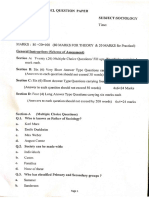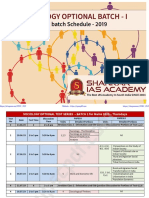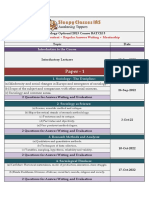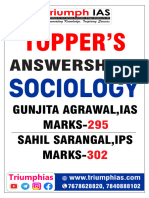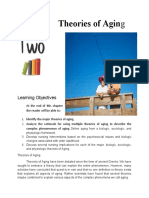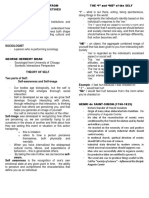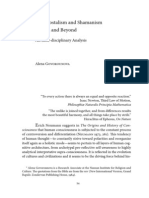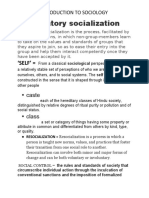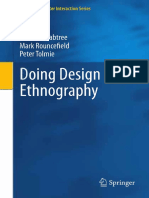0% found this document useful (0 votes)
19 views8 pagesSociology
The document outlines the structure and content of a Class XI Sociology examination, totaling 80 marks across five sections: multiple-choice questions, assertion-reason questions, short answer questions, long answer questions, and a case-based study. It includes topics such as sociology, social institutions, social stratification, and social change in rural and urban societies. General instructions emphasize compulsory questions and the importance of answering in one's own words with examples.
Uploaded by
rairudra712Copyright
© © All Rights Reserved
We take content rights seriously. If you suspect this is your content, claim it here.
Available Formats
Download as ODT, PDF, TXT or read online on Scribd
0% found this document useful (0 votes)
19 views8 pagesSociology
The document outlines the structure and content of a Class XI Sociology examination, totaling 80 marks across five sections: multiple-choice questions, assertion-reason questions, short answer questions, long answer questions, and a case-based study. It includes topics such as sociology, social institutions, social stratification, and social change in rural and urban societies. General instructions emphasize compulsory questions and the importance of answering in one's own words with examples.
Uploaded by
rairudra712Copyright
© © All Rights Reserved
We take content rights seriously. If you suspect this is your content, claim it here.
Available Formats
Download as ODT, PDF, TXT or read online on Scribd
/ 8


